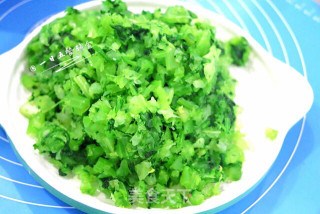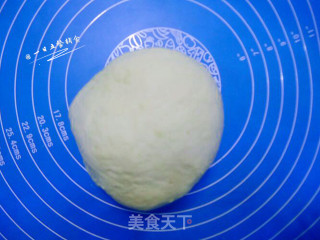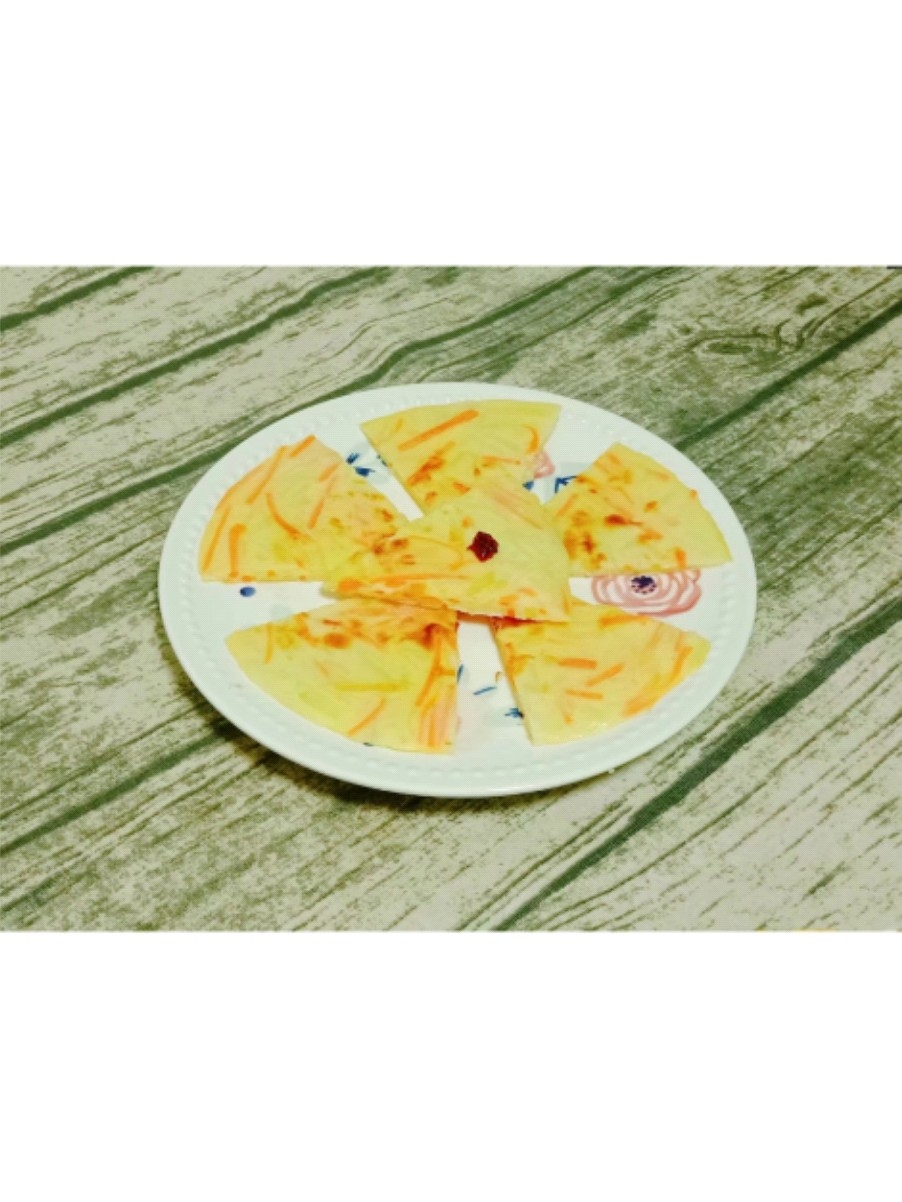Celery Pork Buns
by Five meals a day
Favorite
Difficulty
Easy
Time
1h
Serving
2
Eating fermented foods is good for the body. People with weak digestive functions such as children and the elderly are more suitable to eat fermented steamed buns, buns, rice cakes, breads, etc. Fermented buns are good for digestion and absorption, because the enzymes in yeast can promote the decomposition of nutrients . Fermented steamed buns and bread contain 3 to 4 times higher nutrients than flatbread and noodles, and protein increases nearly 2 times. The reason lies in the yeast used. Yeast not only makes them softer and more delicious, it also greatly increases the nutritional value of these pasta.
Yeast is rich in vitamins, minerals and enzymes. The fermented yeast is also a strong antioxidant, which can protect the liver and has a certain detoxification effect. The selenium, chromium and other minerals in yeast can resist aging, anti-tumor, prevent arteriosclerosis, and improve human immunity. After fermentation, a kind of phytic acid in the flour that affects the absorption of calcium, magnesium, iron and other elements can be decomposed, thereby improving the body's absorption and utilization of these nutrients.
Similarly, eating some fermented pasta such as steamed buns and bread for breakfast will release the energy quickly and make people full of energy throughout the morning! "
Yeast is rich in vitamins, minerals and enzymes. The fermented yeast is also a strong antioxidant, which can protect the liver and has a certain detoxification effect. The selenium, chromium and other minerals in yeast can resist aging, anti-tumor, prevent arteriosclerosis, and improve human immunity. After fermentation, a kind of phytic acid in the flour that affects the absorption of calcium, magnesium, iron and other elements can be decomposed, thereby improving the body's absorption and utilization of these nutrients.
Similarly, eating some fermented pasta such as steamed buns and bread for breakfast will release the energy quickly and make people full of energy throughout the morning! "

























